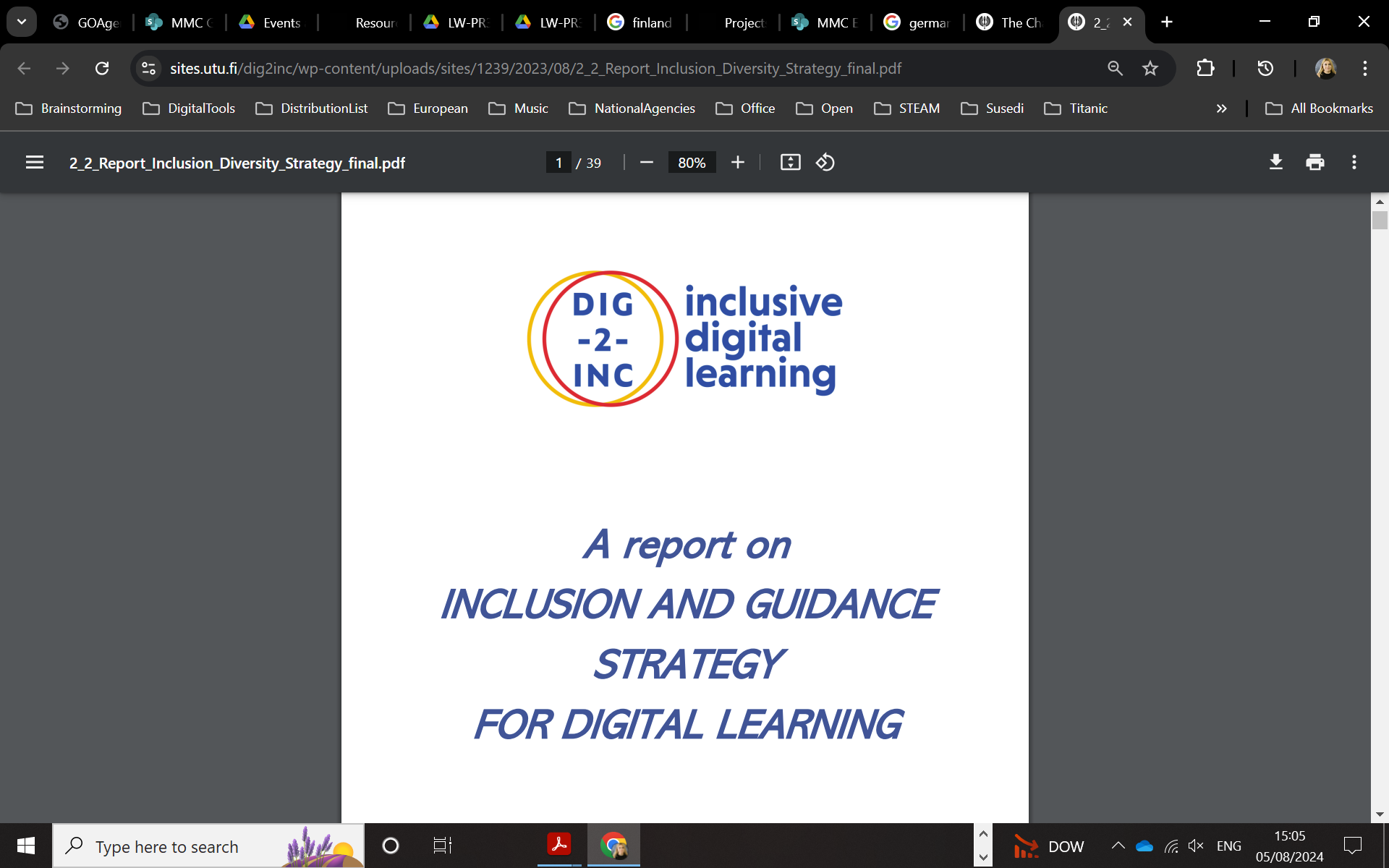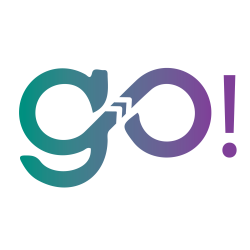How it works
The project offers training and design principles to staff members to facilitate inclusion of low-SES students. With a novel method of community reporting, the project engages teachers and students to voice out experiences of diversity and support a culture of active engagement, equality and non-discrimination.As feelings of confidence and mastery are important for development of self-directed learning, the project develops an ecosystem of micro-credentials and open badges to credential students’ acquisition of academic skills in second and third cycle education. These equip disadvantaged learners to excel in life and digital skills, which is a necessary condition in achieving an equal standing with the more advantaged students. In addition to developing cognitive and learning-to-learn skills, project partners strengthen social partnerships to support attention to needs of low-SES students, and to extend the use of purposeful pedagogic strategies for inclusion to secondary schools, which prepare learners for higher education. The project develops a report on inclusion and guidance strategy. The inclusion strategy consisting of principles for collaborative learning facilitating development of self-regulation skills:
- Demonstrates the Importance of egalitarian dialogue among students and staff members
- Strengthens of interpersonal relations in the student group
- Recognizes the personal needs of diverse and low-SES students
Source of the materials:
https://sites.utu.fi/dig2inc/project-results/results-work-package-2/
What
Report on inclusion and guidance strategy.
Where was the Best Practice applied

FINLAND
Criteria for the selection of the Best Practice
- Transformative
- Transferability
Level of Implementation
European Level
Reasons for Success
Innovative aspect of career advice using digitalization for inclusion.
Links

